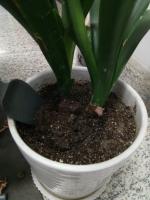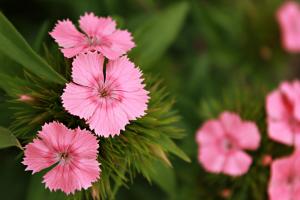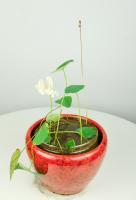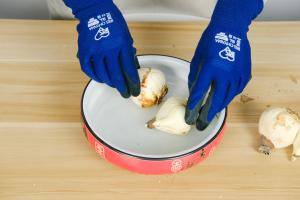Should You Pull Dying Tomato Plants?
Tomatoes are a staple in many gardens, and their juicy fruits are a delicious treat. However, tomato plants can fall victim to a range of diseases and pests, causing them to wither and die. When this happens, gardeners are faced with a difficult decision – should they pull the dying tomato plants? Here are some factors to consider before making a decision.
The Severity of the Issue
The first thing to consider when deciding whether to pull dying tomato plants is the severity of the issue. If you notice that just a few leaves on your plant are turning yellow, it's likely to be a minor issue that can be easily resolved. However, if large sections of the plant are turning yellow or brown, and the plants look sickly, it's a sign that a more serious problem is at play. In this case, pulling the plant may be the most appropriate option to prevent the issue from spreading to other plants in your garden.
The Time of Year
The time of year is also an important factor to consider when deciding whether to pull dying tomato plants. If it's early in the season, and you have the time and resources to address the issue, it may be worth trying to save the plant. On the other hand, if it's late in the season, and the plant is unlikely to produce any more fruit, it may be best to pull it and focus your efforts on other plants in your garden.
The Type of Disease
If you've determined that your tomato plant is suffering from a disease or pest infestation, it's important to identify the specific issue. Some diseases, like blight, can spread quickly and may require the removal of the entire plant to prevent the spread of the disease. Other diseases, like leaf spot, may only affect a portion of the plant, which can be removed and destroyed. Be sure to research the specific disease affecting your plant before deciding whether to pull it.
Your Personal Preferences
Ultimately, whether to pull a dying tomato plant is a personal decision that depends on your preferences and goals for your garden. If you're a perfectionist who wants every plant in your garden to look pristine, you may prefer to pull a sickly plant. On the other hand, if you don't mind a little imperfection and want to give your plant a fighting chance, you may choose to nurse it back to health.
In Conclusion
In summary, deciding whether to pull a dying tomato plant depends on a range of factors, including the severity of the issue, the time of year, the type of disease, and your personal preferences. Ultimately, there is no right or wrong answer – it's up to you to decide what's best for your garden and goals. By taking these factors into account, you can make an informed decision and help your garden thrive.

 how many times do yo...
how many times do yo... how many planted tre...
how many planted tre... how many pine trees ...
how many pine trees ... how many pecan trees...
how many pecan trees... how many plants comp...
how many plants comp... how many plants can ...
how many plants can ... how many plants and ...
how many plants and ... how many pepper plan...
how many pepper plan...
































